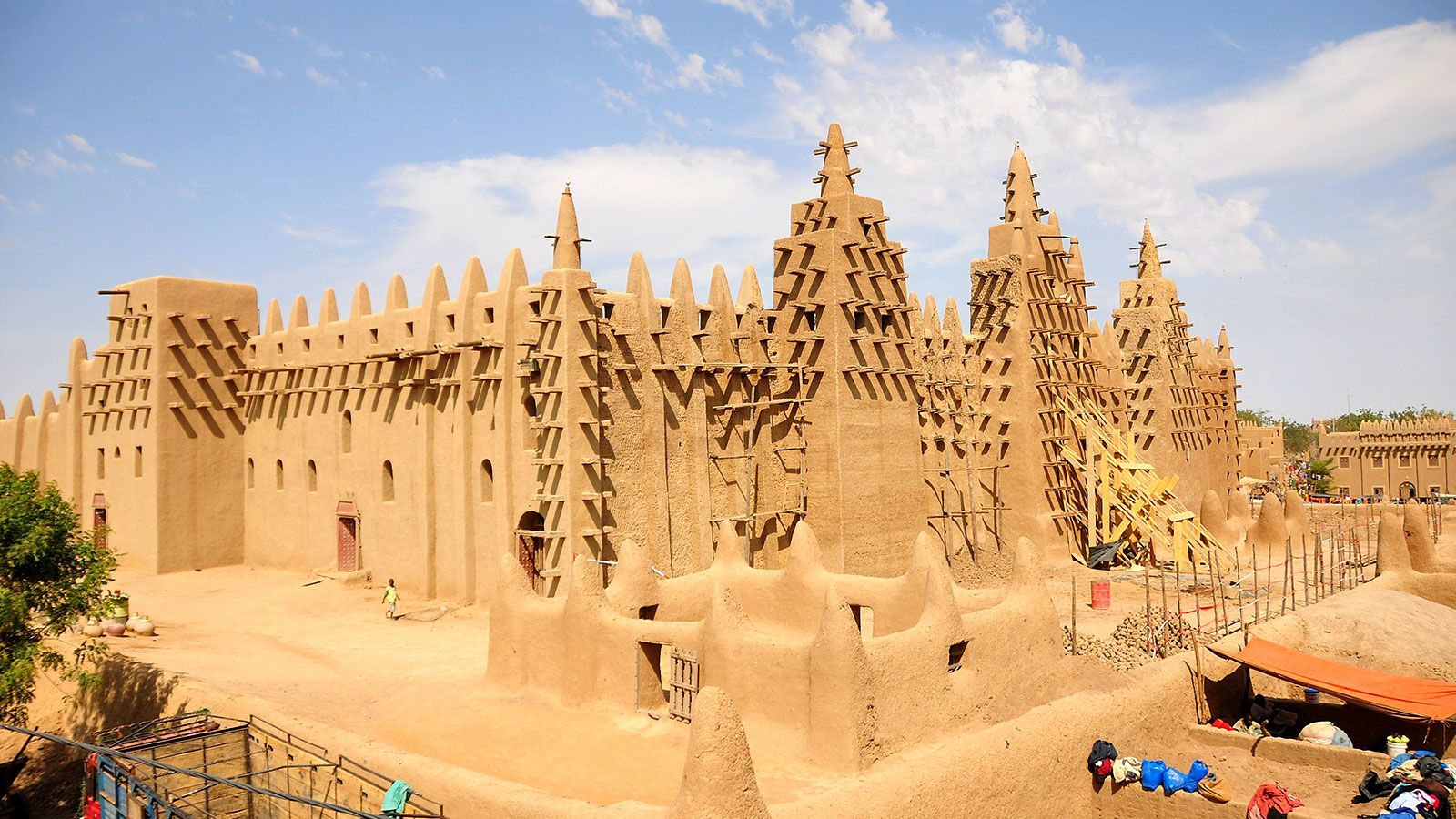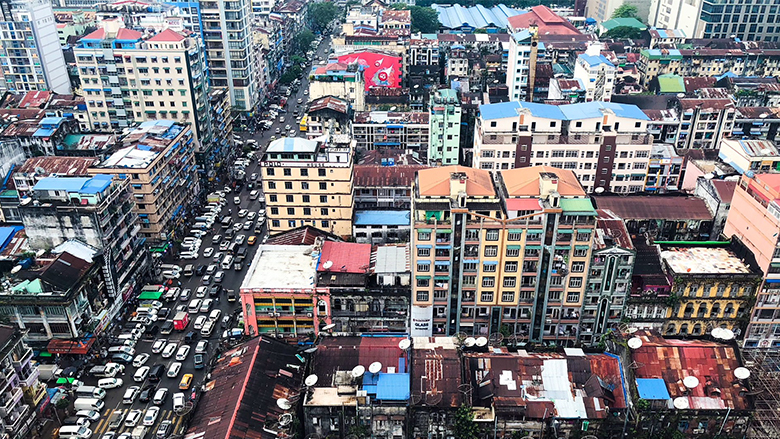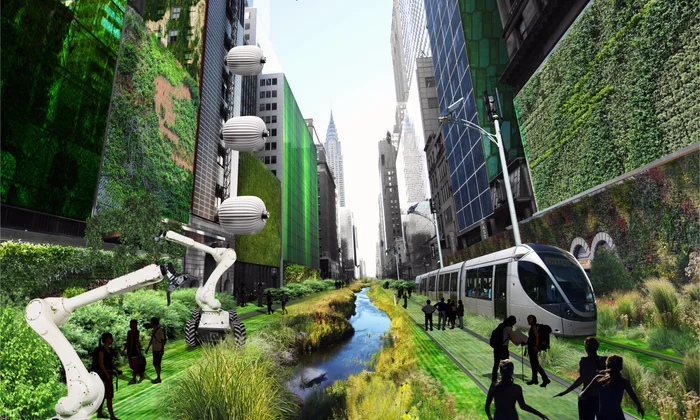Now Reading: Why Old Cities Are Still Relevant
-
01
Why Old Cities Are Still Relevant
Why Old Cities Are Still Relevant

Old cities carry a sense of continuity that modern urban spaces often lack. While new smart cities and rapidly developing towns attract attention for their infrastructure and technology, older cities still remain deeply relevant. They are not just centres of history and culture but also hold economic and social importance that shapes how people live, work, and connect, especially in India’s growing Tier 2 regions.
One of the strongest reasons old cities stay significant is their cultural depth. Cities like Varanasi, Jaipur, and Madurai preserve traditions, crafts, and festivals that draw people from across the world. These places balance heritage with modern needs, allowing younger generations to stay rooted while still having access to opportunities.
Economically, old cities remain hubs of trade and employment. Their markets, educational institutions, and small industries continue to generate livelihoods. For example, traditional textiles, handicrafts, and food industries often thrive in these spaces, providing both local income and global exports. Even as new cities develop, the demand for what old cities produce keeps them central to India’s economy.
Urban growth in these older centres also adapts to modern lifestyles. Metro projects, flyovers, and digital services are being integrated into cities that were never designed for today’s population. While challenges like congestion and limited land persist, these adaptations show resilience. Rather than being replaced, old cities are reshaping themselves to stay relevant.
Socially, old cities often foster stronger community ties compared to newer urban settlements. Narrow lanes, shared spaces, and long-standing neighbourhoods help people maintain bonds that are harder to find in fast-developing cities. For many migrants moving from villages, these old cities offer a familiar blend of tradition and opportunity.
In conclusion, old cities are not just reminders of the past but living ecosystems that continue to influence India’s future. Their ability to evolve while preserving identity ensures they remain relevant, not only for cultural pride but also for sustaining economic growth and community life.

























